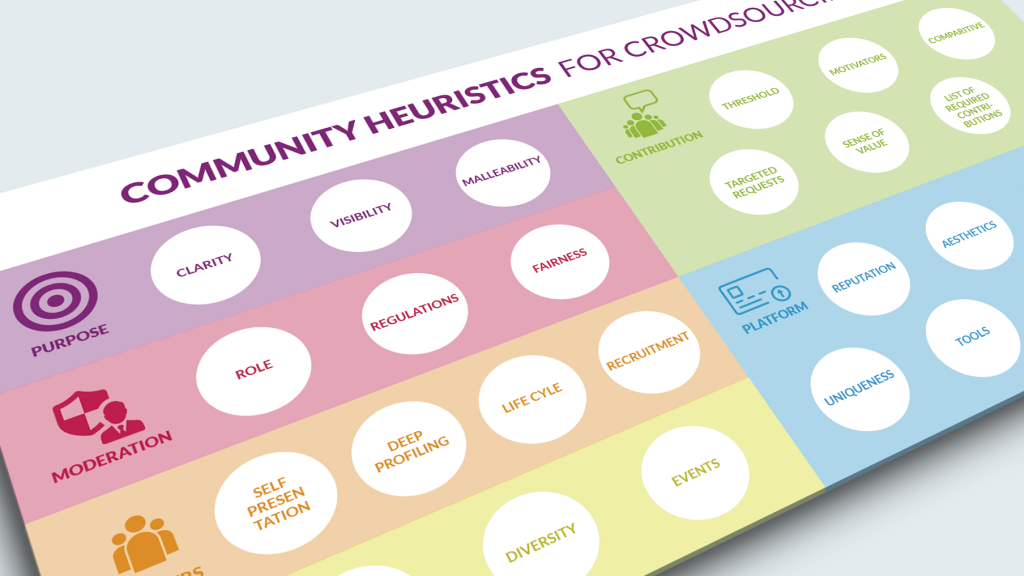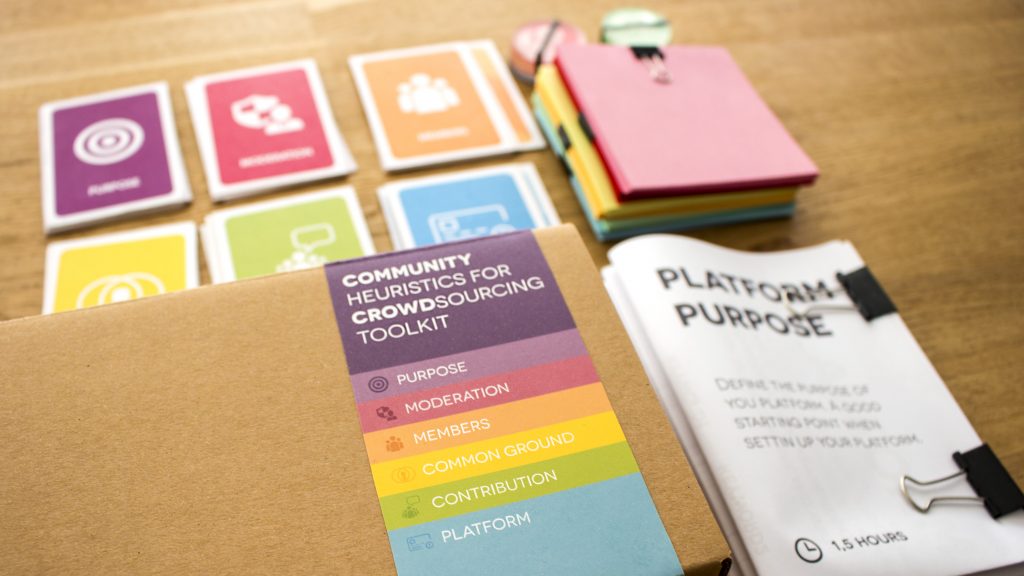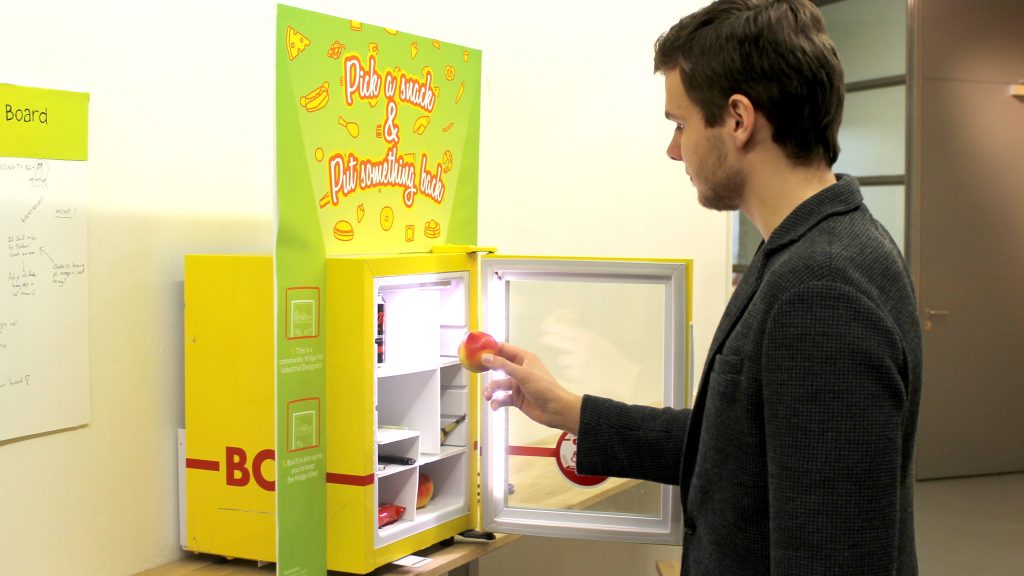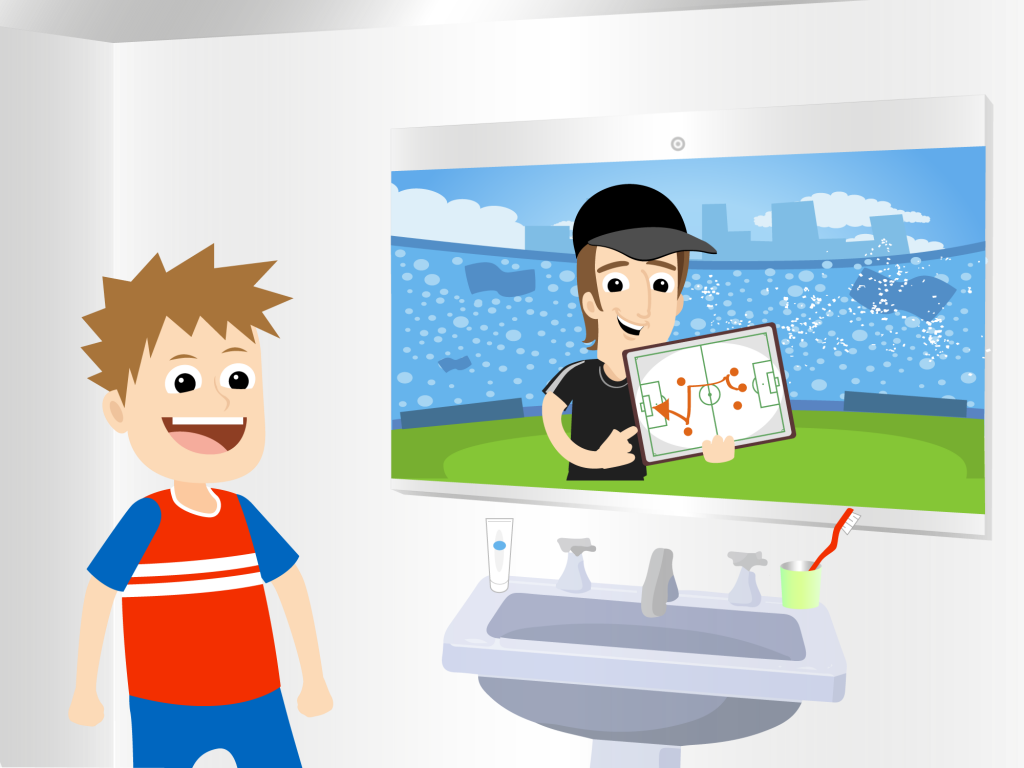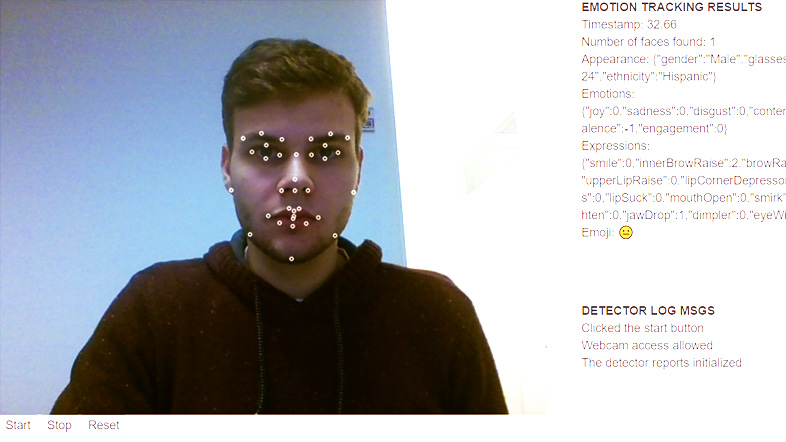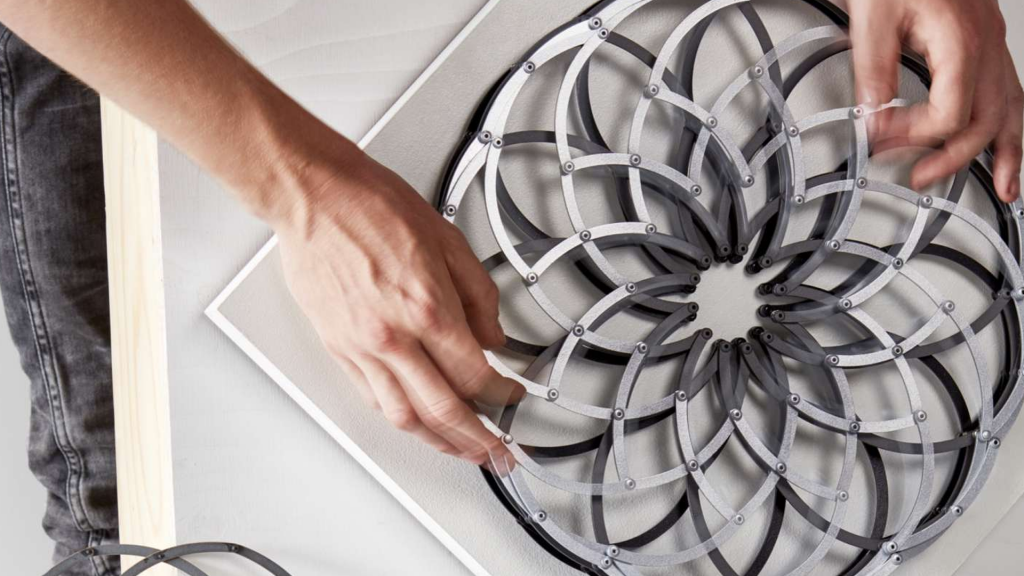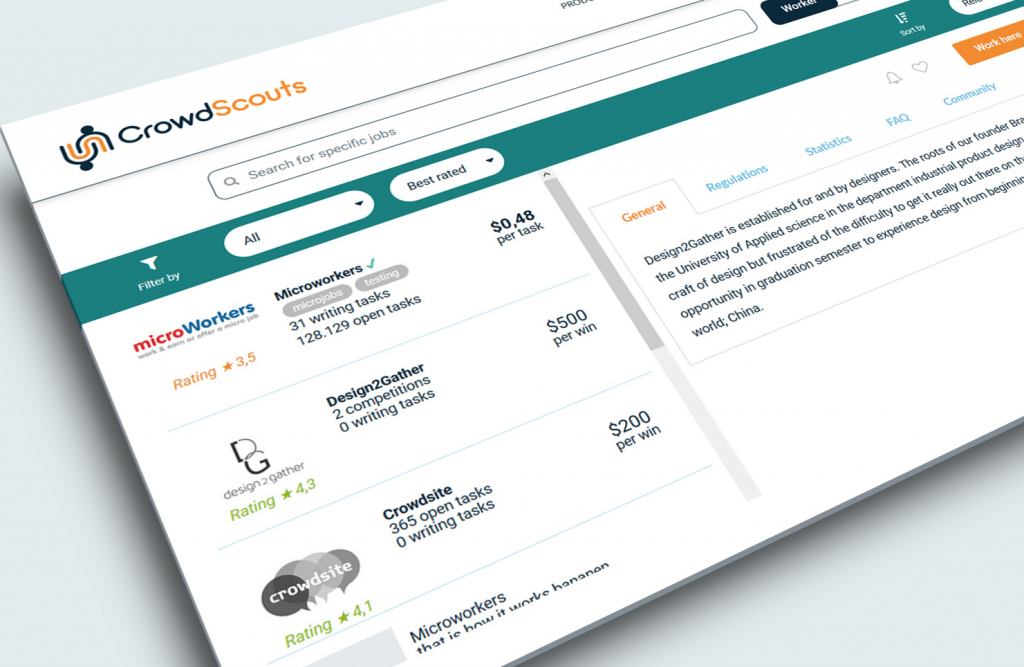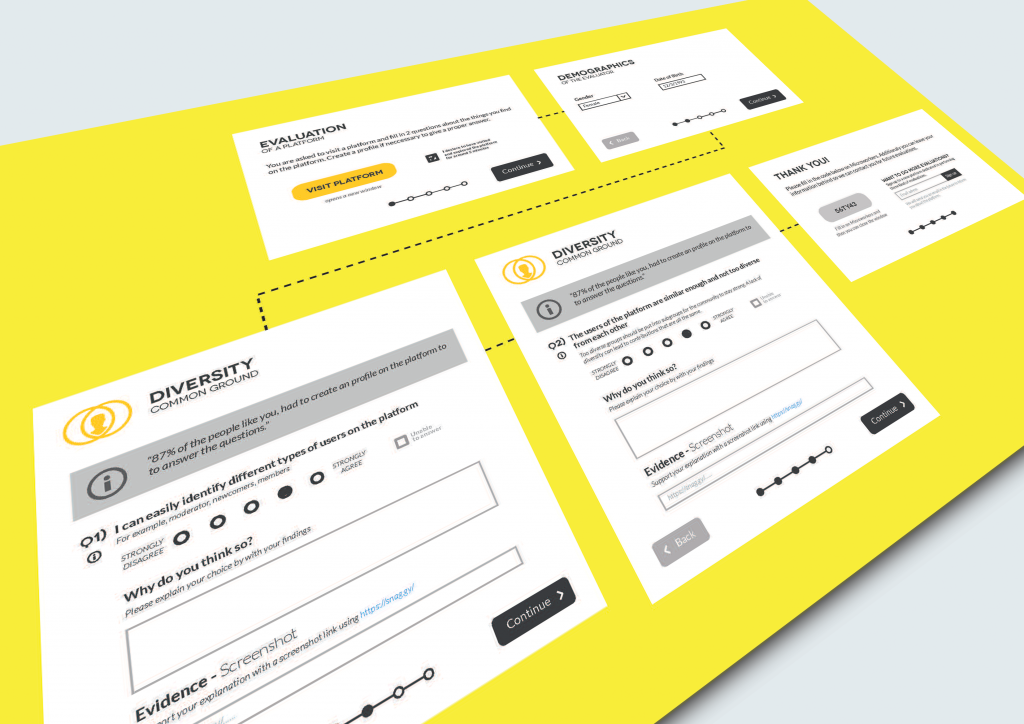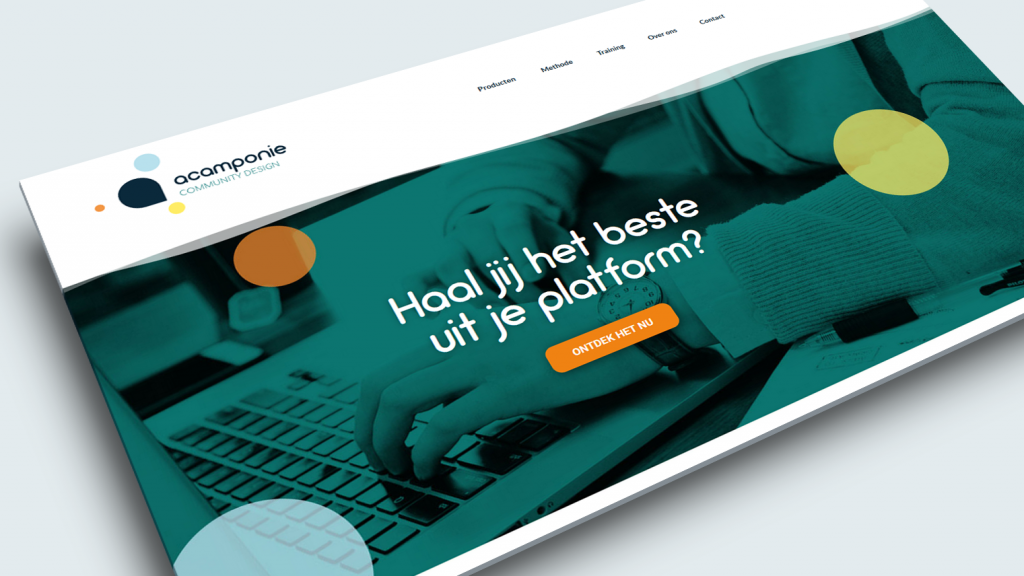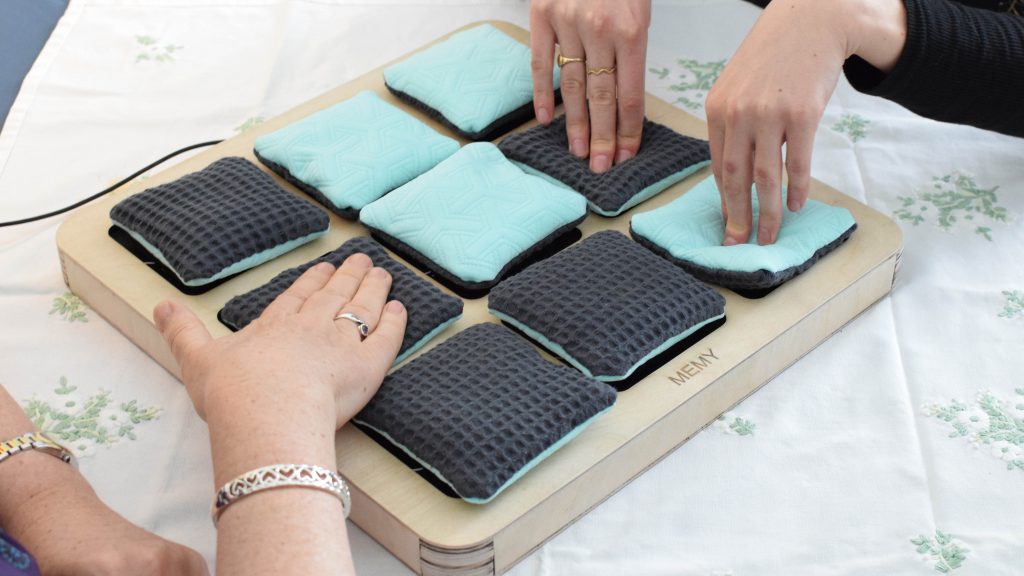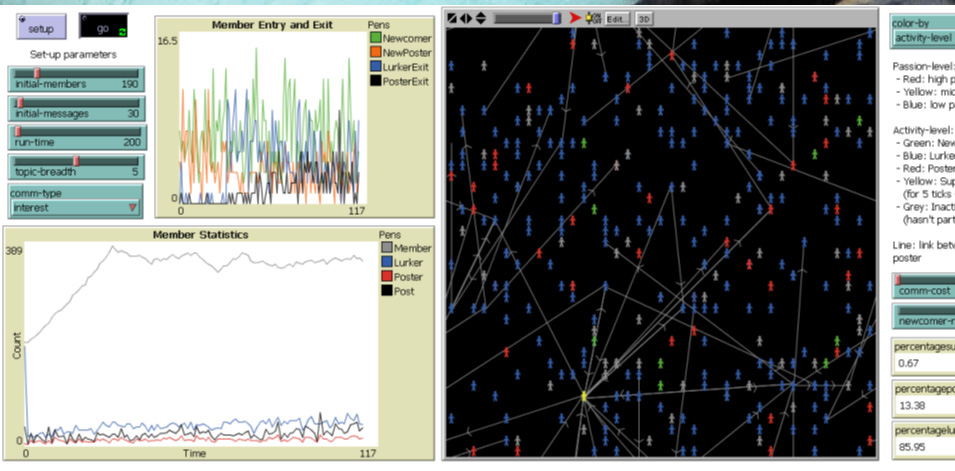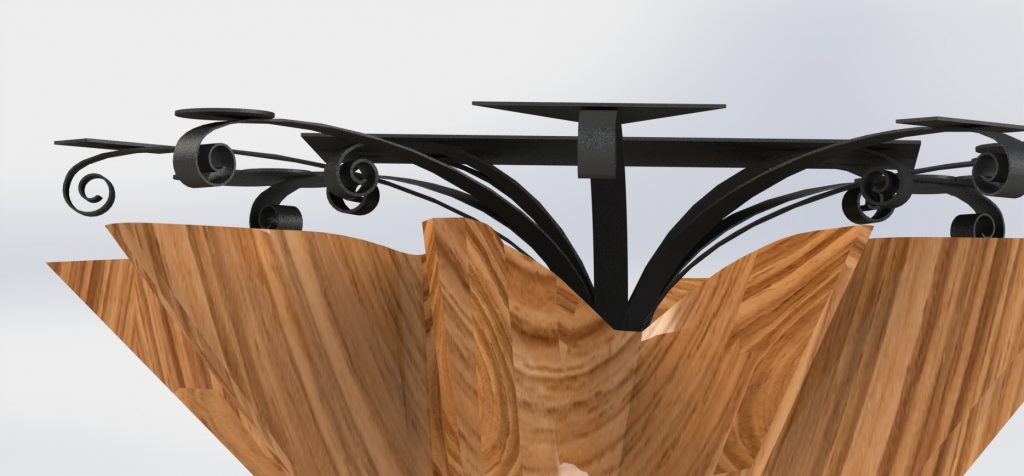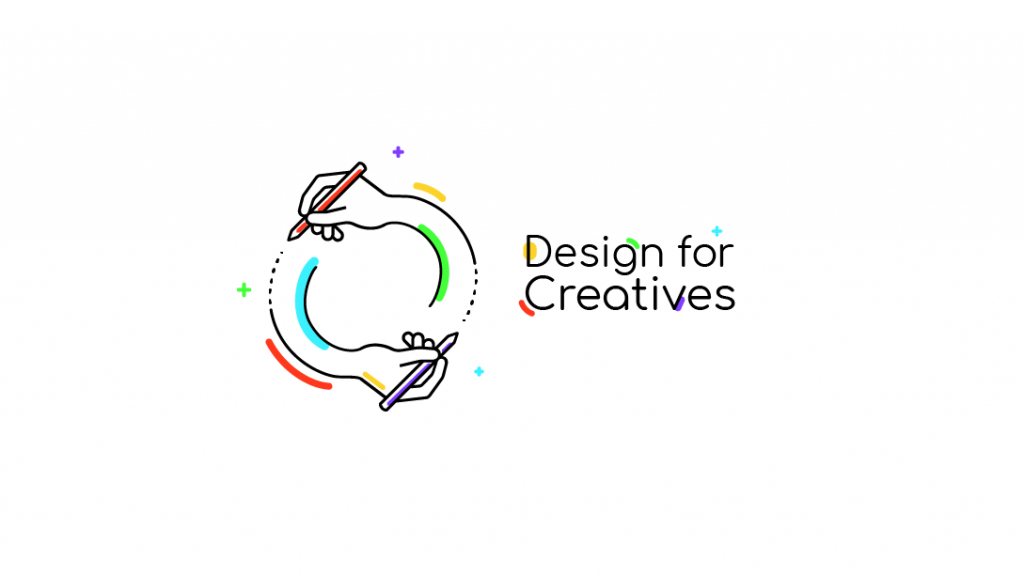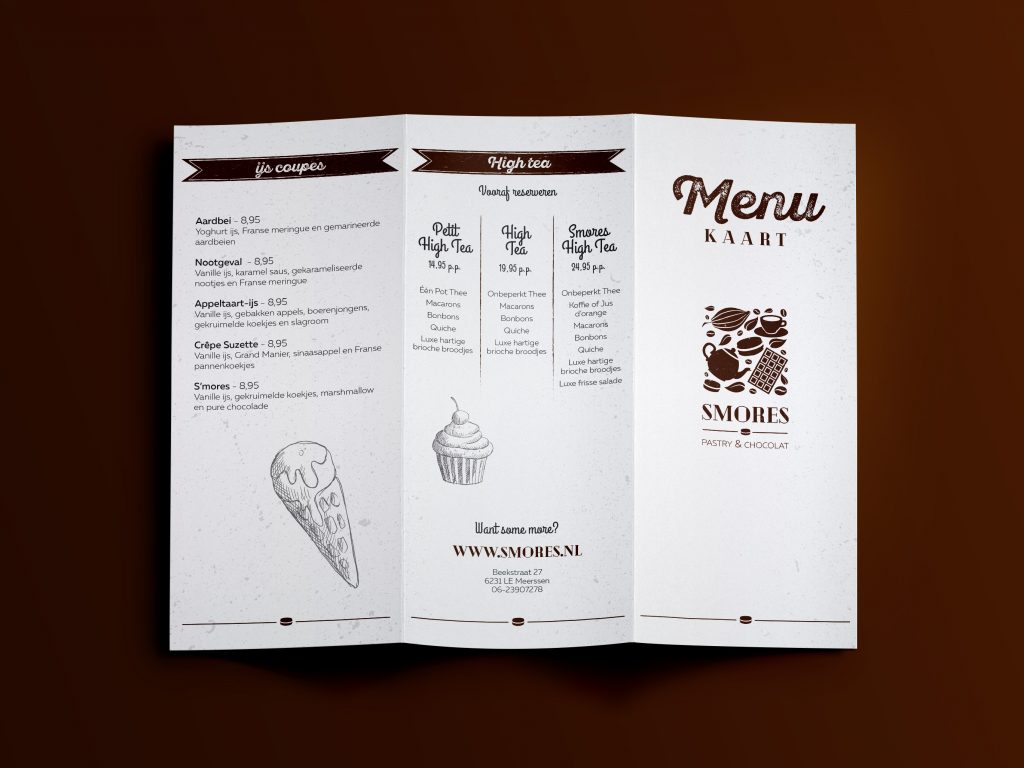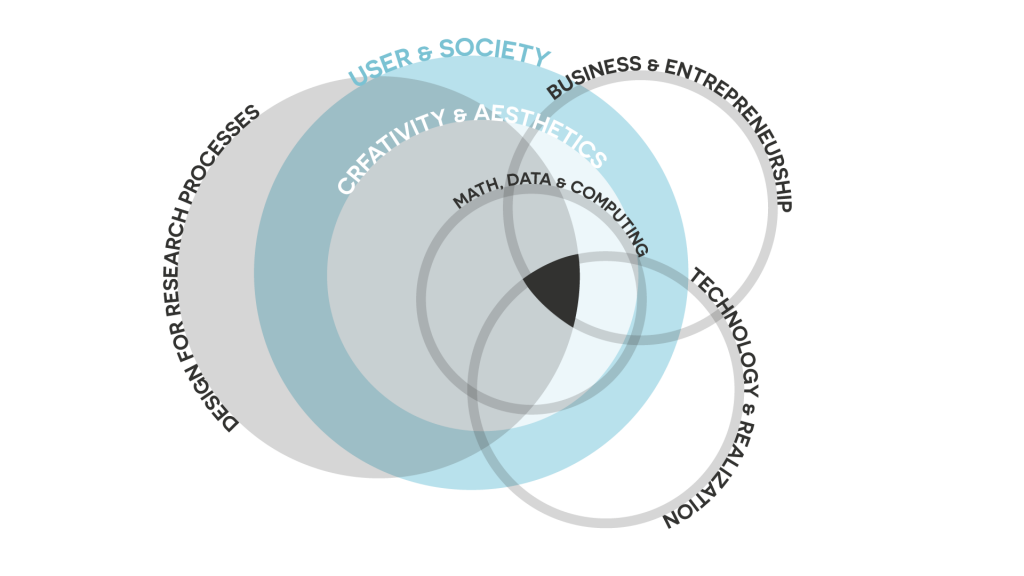Past
In the first year of the master, I had the goal to specialize in community design. Therefore I have read a lot of papers in that year which meant both projects were on this topic. In general, the year can be summarised by the research focus, which I used as an input for my FMP. The effect on me as a designer was that I already specialized into a specific direction early one and thus pick courses and project which fitted to this direction. You see that 5 of the 8 project involved community design. Using extracurricular activities I made sure to keep developing among all the expertise areas. For projects of my bachelor, you can look at my FBP portfolio.
Present
Overall growth
Within the masters, I had the freedom to developed my own expertise in what I call community design. The growth in the expertise is most prominent if I compare it with the first-course Constructive Design research. At the time we couldn’t fully explain the behavior of the community, whereas now I see many community principles present which I didn’t know at the time. I integrated my vision and identity within one project and involved different course as much as possible within my project. For example, I used the process of Memy within my FMP, the community simulations as a tool and persuasive techniques for crowdworkers.
The FMP acted as a way to explore how I could make my knowledge valuable for others and turn it into a valuable business. Instead of designing for a user with certain requirements, I had to start designing to convince a user into buying a product. Understanding the difference is a learning point not many students have before they are done with their study. I tried to treat my master project as if I was a start-up and thus made my project based on that fact. I created my own tools and method to support the self-created field of community design. The growth is thus in understanding the industries demand which is different from what can be seen as valuable within the research field. I became aware of the skills and knowledge I have and now understand how to use them to create meaningful designs. Thus the master can be seen as an exploration of what kind of job would fit me best. The outcome of this is Acamponie and the potential start-up CrowdScouts.
Expertise Areas
The above overview shows how the expertise areas are linked together in my process. You can see it as a timeline moving from left to right. First starting with establishing the academic framing and quickly moving towards understanding the user and societal problems. After that, I involve embodiment with a different user and with different perspectives. I start to communicate my findings and thus talking to different experts and combine the data. Based on the input I simultaneously realize the concepts and find out how it can become a valuable business.
What is unique about this project is that I could translate a research project all the way into a valuable business. This meant implementing all expertise areas starting with user & society and thus identifying and understanding a societal problem, framing the research and setting up the right methods and tools, while at the same time building digital prototypes and communicating with experts to support me. Analysing the data and creating models for an even better understanding and translating these finding by creating externalizations to the wider public. All while validating my assumptions and finding from different perspectives. To check which expertise areas are used within the project, you can filter per area on the Work page.
The most challenging process of my FMP was turning research into a valuable business. By talking to dozens of companies I have determined where the value of my project is. At first, crowdsourcing platform wasn’t interested in improving their platform for their workers. Therefore I shifted my focus to the crowdsourcing comparing platform CrowdScouts which could easily turn into a million dollar company. For the short time, I have set-up Acamponie to give trainings, evaluations and consultation for the designers of platforms. The main learning point is trying out different products and services and see if clients would like to invest in it. Although I knew I could add value, convincing clients that it was money well spent was one of the main challenges of my FMP. I have learned that setting up a company takes a lot of investment in terms of time and spreading your message as much and frequently as possible. Within my own graphic design company, I have learned most of the expansion of Smores shop. I could see how they planned and rearranged the shop for the launch.
I conducted co-design workshop for the platform with platform designers, interviewed 6 crowdworkers and had a collaboration with two crowdsourcing platforms, used and worked on crowdsourcing platforms to get all perspectives. Different iterations have been made in the cards, workshop, crowdsourcing heuristics platform and trying different business models resulting in CrowdScouts and Acamponie. I used three methods to evaluate my Sketches for the CrowdScouts platform of which one was my own evaluation method. Especially within the Memy project, I developed the interaction with the product (vibrations). I project I am proud of given the short amount of time and with the many digital products that I have made.
I developed a prototype using Python + Django for crowdsourcing heuristics survey platform and web scraping scripts. The websites CrowdScouts and Acamponie have been developed using WordPress and Elementor to communicate the business and potential use. With Netlogo, a simulation of an online community has been made as a tool for community managers, a much different way of programming than I was used to. I programmed all the code for the Memy project and made a hi-fi prototype which survived many user tests without problems. I surprised myself by writing the code of the project in one go without much debugging. That validated for myself that my programming knowledge in Arduino was at a high level. For the pastry competition, I had mostly the role as an engineer by thinking about the most optimal forms and creating many 3D-models and prints.
My core expertise area which is present in all activities. The most development I have made was in the publishing of my own method in the form of a demo paper and journal paper in review. I created my own method in the form of community heuristics which resolve the complex problem of employers wanting to pay as little as possible and workers wanting to make a fair income. The users are both the platform owners with whom I had a collaboration (design2gather and crowd.site), employers, by using the platforms myself and workers by interviewing and working on the platforms myself.
I spend a lot of time doing data analysis of both quantitative and qualitative data using Excel. I have worked with Pearson correlations to find interesting links of web scraped data. I have communicated with a programmer using an Entity Relationship Diagram to show how all the data of the platform had to be stored and linked together. I created and documented a Complex and Adaptive system that simulate an online community. Futhermore I have created forms for international judges to calculate the rankings of the participants. Given that they had to be understandable for people without a technical background, I programmed many automatic calculations and sorting methods.
Research has been done an resulted in a white paper, demo paper and still in review but already accepted journal paper. The framing of the paper was the most challenging since the first two submissions had this as the main critique. Within the whole faculty, the focus has shifted more towards this expertise area. Starting of a course meant becoming familiar with the literature and thus using papers as a references. Two of these papers I put on my Researchgate profile, even though they weren’t published. The expertise area shows the biggest growth compared to when I started my study. At the time, I even found it hard to read papers. Using papers is now part of my desing process and I hope still many papers are accessible after I graduate without a student license.
Professional skills
I have tried to cooperate with many companies and institutions. There is however many successful cooperation such as with Bas from Design2Gather who I asked for feedback and now is an industry liaison to the squad. With Roel from Crowd.site, in return for his feedback, I would suggest improvements to his platform. I have been squad assistant for the Design for Creatives squad for 3 semesters which meant helping many students with their crowdsourcing platforms. The job involved communicating clearly towards the student, as well as planning and organizing activities.Together with Lucid, I have given a workshop for ID students. I have cooperated with the USI group who had a module about crowdsourcing were I gave a guest lecture. The workshop at Philips I cooperated with Sanne Bos, who was an intern at Philips and together we set-up the workshop. Together with Juan in my M1.1, who was completely new to the Dutch culture, I have cooperated on the first version of the paper and the cards. At the ECSCW where I could meet PhD students and was selected student volunteer for the conference. And of course my coach Javed Khan, with whom I have written many papers, proposals and gave workshops together. The main growth in my professional skills is communicating in a way to attract customers for Acamponie. Every week I redirected my activities in my FMP to always work on validating the biggest assumption at that moment.
Future
The CrowdScouts platform shows potential and could quickly grow once a
fully functional prototype is built. The goal is to find a partner who has programming
experience or experience in the start-up world in order to receive investments or funding. The video of the CrowdScouts will help to explain the concept and thus attract these people. On the short-term, I will look for a job as a UX-designer so that I can see how the industry differs from the university. Based on these insights I can better shape Acamponie to give training to UX-designers. In the meantime, I can write blog-post and do case studies that show the added value in terms of numbers. Ideally, I will start working part-time as UX-designer while developing Acamponie. Realistically, I would
need around 2 years of experience before fully setting up CrowdScouts. I will have a more experience, a better network and build up some money in order to support myself to work on this without getting paid the first year.
After my graduation presentation I have a meeting with SendCloud for the position UX-designer and at Bind as community consultant. Furthermore I will talk to Jos from Smart Design to Market, which is a year long programm supporting graduated design students to launch their ideas. I already start to get invites for job positions on LinkedIn and on Magnet.me. Ideally I can get industry experience in both UX-design and community management while setting-up my company. Given that these are 3 jobs at once, I will have to consider which one is the best at the moment after talking to the companies.

